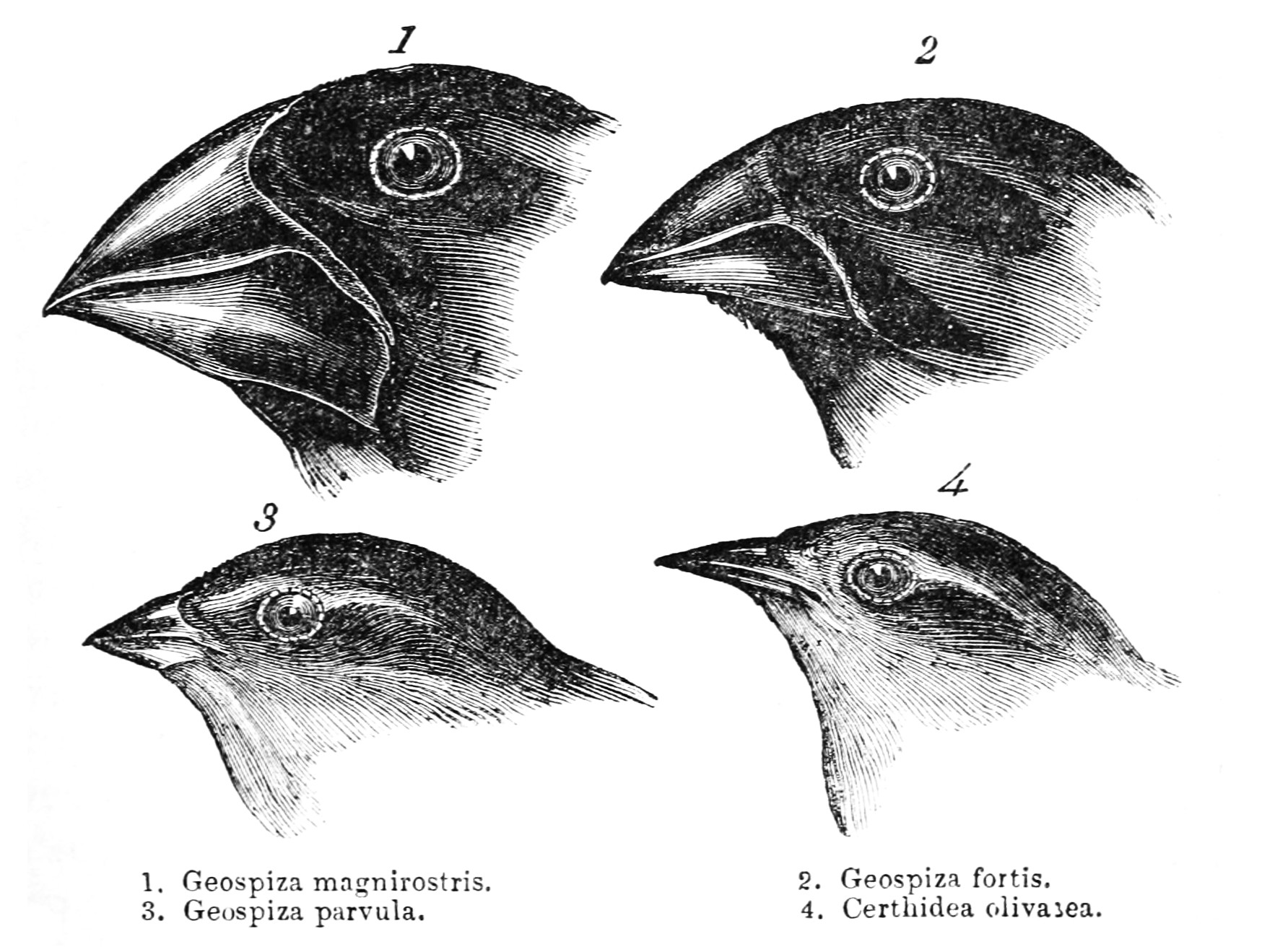The overall topic of this unit was Biotechnology, which is the study and manipulation of living things in order to benefit mankind. Biotechnology covers a large field that generally focuses on understanding DNA, proteins, and inheritance of genetics. The four applications of biology that we learned about in detail are industrial and environmental biotech, medical/pharmaceutical biotech, agricultural biotech, and diagnostic research biotech. Industrial and environmental biotech is the fermentation of foods and beverages, biodegradable plastics, and bio fuels. Medical/pharmaceutical biotech has to do with the medicines from plants, fungi, animal vaccines, and gene therapy. Agricultural biotech is the breeding of plants and animals and the transgenic organisms aquaculture. Diagnostic research is about DNA identification and comparing and contrasting the DNA of organisms. We also learned about Gel electrophoresis which is when a mixture of DNA fragments is placed at one end of a porous gel, then has an electric voltage applied to the gel. Recombinant DNA is produced by combining DNA from different sources. Next I learned that PCR stands for polymerase chain reaction. PCR is used to detect diseases, green bone marrow and organ compatibility, identify human remains, paternity testing, cloning of genes for medicines, genetic engineering, to identify species and alleles, and to analyze DNA. Sequencing is the determination of the exact sequence of a given DNA strand. I then learned about bioethics which has to do with what each individual person feels is right based on his or her own personality and experiences. Lastly, I learned about pGLO and the steps to properly complete the pGLO lab we did in class. The Vodcast I watched beforehand was very helpful.
My strengths in this unit were understanding gel electrophoresis and the study of bioethics. I found that learning about Gel Electrophoresis through a virtual lab made it easier for me to understand the concept. We went really in depth on the topic which made me have a much better understanding of it. It was mentioned in the "The 'technologies' of Biology" Vodcast and the pGLO pre-lab Vodcast. The repetition of it helped me better understand it. I understood the topic of bioethics very easily because it is mainly about the different ways someone could have biased views towards something based on his or her background and beliefs. My weakness in this unit was learning about sequencing which is the determination of an exact sequence, or order of a given DNA strand. It just confused me a bit at first, but by learning more details about it, I figured out exactly what it is.
I missed but fully understand everything that happened during the
Candy Electrophoresis Lab. In this lab I learned that the two factors that control the distance the colored dye solutions migrate are the length and the charge of the dyes. The longer the length, the slower it travels. The shorter the length, the faster it travels. In the
pGLO Lab, I learned how to transform bacteria. It was cool to see the colonies under a UV light because they glowed yellow and green.
I want to learn more about medical/pharmaceutical biotechnology because it interests me how medicines can come from plants. I wonder who discovered that bacteria colonies can glow under UV light.
I have been sticking to the healthy diet I planned out in my first goal. Occasionally I do cheat if I go out to a nice restaurant or eat a slice of cake. But so far I have cut out sweets and normal Carbohydrates out of my diet and have been trying as hard as I can to maintain this. My next steps would be to not cheat with any foods at all. My second goal was to get more sleep, which I am slowly achieving. Recently I was very ill and it was extremely difficult for me to sleep at all. But just this week I found that reading a few chapters of a book before going to bed helps me clear my mind and allows me to sleep around 10 or 11pm. I will try to sleep at 10pm as often as I can during the school week.





